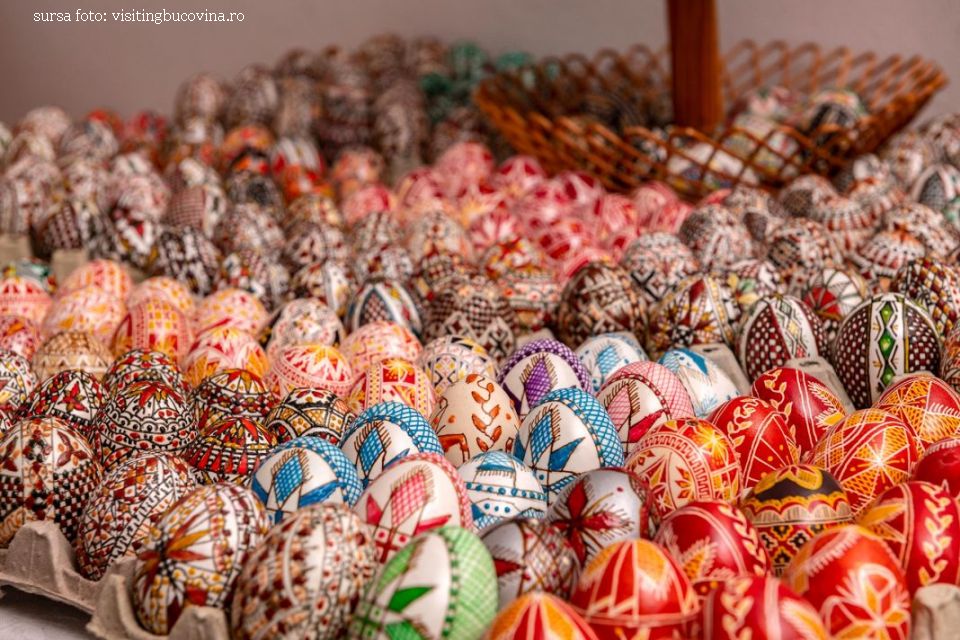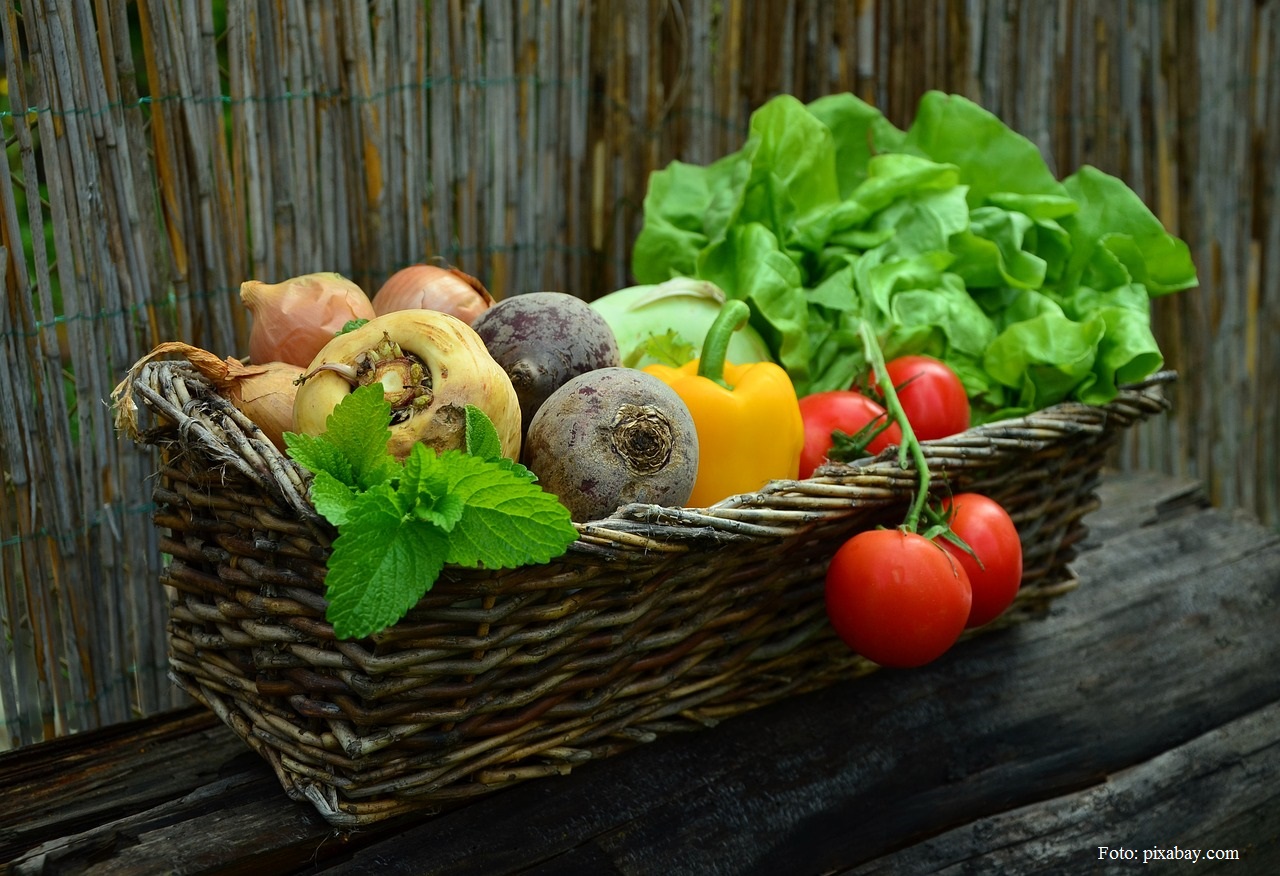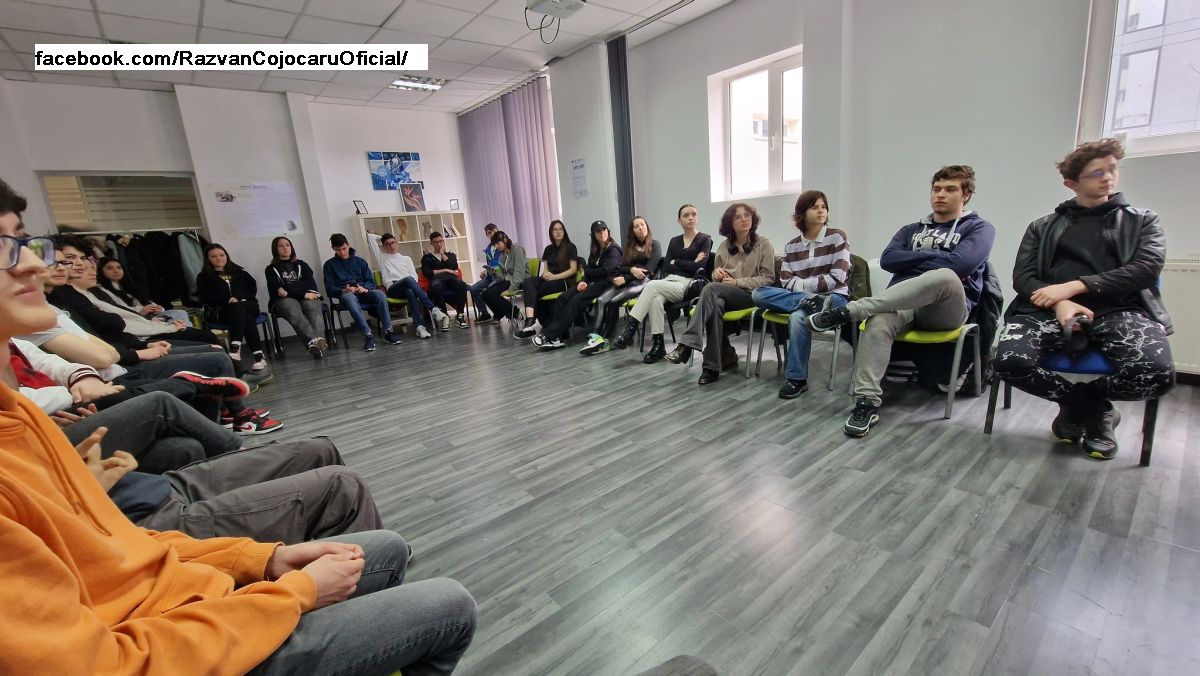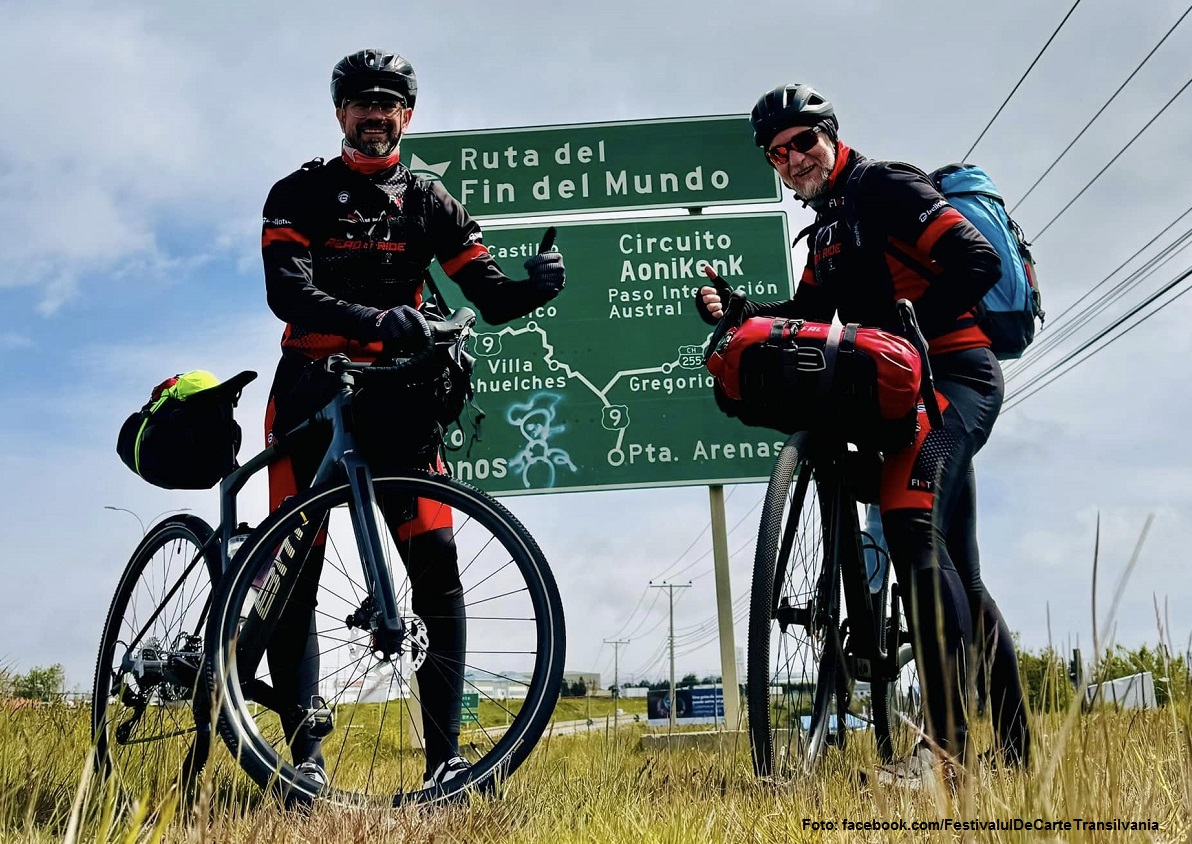Unusual Easter Traditions
Easter is celebrated in various ways in Christian countries

Ana-Maria Cononovici, 29.04.2025, 13:38
Easter is celebrated in various ways in Christian countries, from decorating homes or fountains, for example in Switzerland, to burning Christmas trees left over from Christmas in Germany, parades in the USA, or making cardboard or paper dolls that are burned on Easter Sunday in Mexico. In many countries, the custom of dyeing eggs is preserved, including decorating them, this latter activity being a tradition preserved in many villages in Romania and with great international recognition.
Aurel Prepeliuc, ethnographer at the Bukovina Village Museum, Suceava, spoke to us about the traditional Romanian customs associated with Easter.
“Religious rites intertwine with traditional rituals of symbolic renewal of time, an aspect taken over by pre-Christianity and implanted later, sacredly, through the episode of the Resurrection of Jesus. Of course, any great celebration must be preceded by a fast in order to be experienced more intensely, and this fast before the Easter celebration is also the longest fast of the year, lasting 7 weeks. Therefore, the last night before the start of Great Lent is a special night, at least in Bukovina. It is practically a nocturnal celebration, an unleashing of energies, in which culinary excesses are also made, and there are a series of customs, it depends from village to village. Some spells can also be cast, but this must be cleaned up the next day, on the first day of fasting, when the “Spolocania” takes place. All those who have overdone it the night before must also go through this ritual, which involves the consumption of alcohol, sometimes even in large quantities, in order to erase any trace of food which is forbidden during fasting. And we know that alcohol is a disinfectant.”
Our interlocutor points out, however, that this disinfectant character is welcome, if reasonable limits of consumption are maintained. Aurel Prepeliuc, ethnographer at the Bucovina Village Museum, Suceava, added:
“Next comes the Tuesday of the Bowls, when the Bucovina people had to ensure that the fast would be a perfectly clean one, the bowls (n.r. clay or wooden vessel or tin in which the food is placed) were washed with lye to remove any remnants of the consumption of forbidden foods during Lent. Those who could afford it and had several rows of bowls even took them up to the attic and brought others that were for fasting, but had to be cleaned. Somewhere in the middle of the fast, there was the Miezul Păresimilor, because Great Lent was also called Păresimile. Here the housewife would make a kind of inventory in which she would calculate whether she had enough eggs, whether she had dyed enough, or inlaid enough eggs, so that she could be up to date with this activity for Easter.”
Nowadays, eggs are painted routinely, but traditionally, the painting of eggs was done during Lent. At that time, an inventory of what had been spun in the house was also taken, so as not to embarrass oneself in front of the community. Aurel Prepeliuc continued his story with Palm Sunday and the importance of the week between Palm Sunday and Easter, Passion Week: k 3: “Flowers come from the Goddess Flora, so we are talking about a celebration that has pre-Christian roots. The symbol of Palm Sunday celebrations, everywhere among Romanians, is the willow branch. The willow is considered a sacred tree, even the shepherds from here in the area, who could not reach the priest, could confess to the willow. Since those willow branches, also called little kittens, were consecrated on Sundays at church, they also had a protective role for the house, apotropaic. They were used during the summer against lightning, thunder, hail, and in the spring those bundles of so-called kittens were stuck into the layers of onions and garlic that came out earlier in the spring, it was believed that they were helped to develop better.”
Beyond the Christian rituals of Holy Week, our interlocutor added local color:
“Maundy Thursday is full of rituals. There were magical rituals of pre-Christian origin. There were the Moșii of Maundy Thursday, when alms were given in memory of ancestors. Also, purification fires were made, including at graves. But there was also a very interesting character, Joimărița, a fantastic representation, a kind of goddess of death. It was believed that she would harm women who were not up to date with their weaving, harm young men if they did not repair their fences. And this belief was a kind of attitude of the community to control the members of that community to be on time with agricultural work, with household chores, so as not to later become a burden or be a disgrace! That moment with spraying perfume over the girls also takes place in the Bukovina area, having taken over from the Germans, the Poles, the Slovaks in the area, who were mainly Catholic.”
The preparation of the Easter basket, the “păscăriţa”, which will be consecrated at the church, completes the Easter preparations. Village tradition also says that in the mountains there are some gigantic characters, the Blajinii, spirits of the ancestors, who, being far from the villages, do not know when Easter is, so they find out by the eggshells thrown into the water.






























